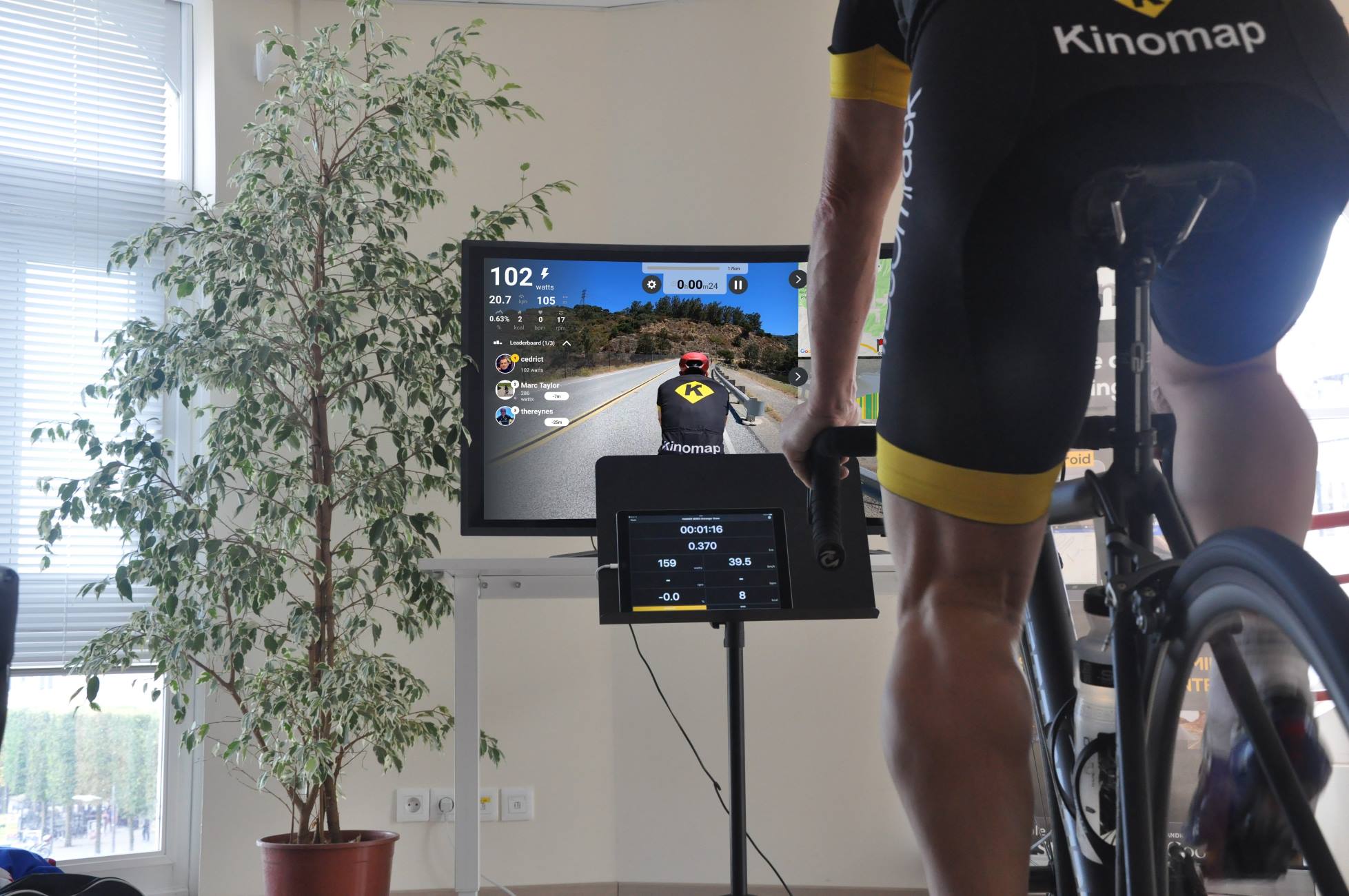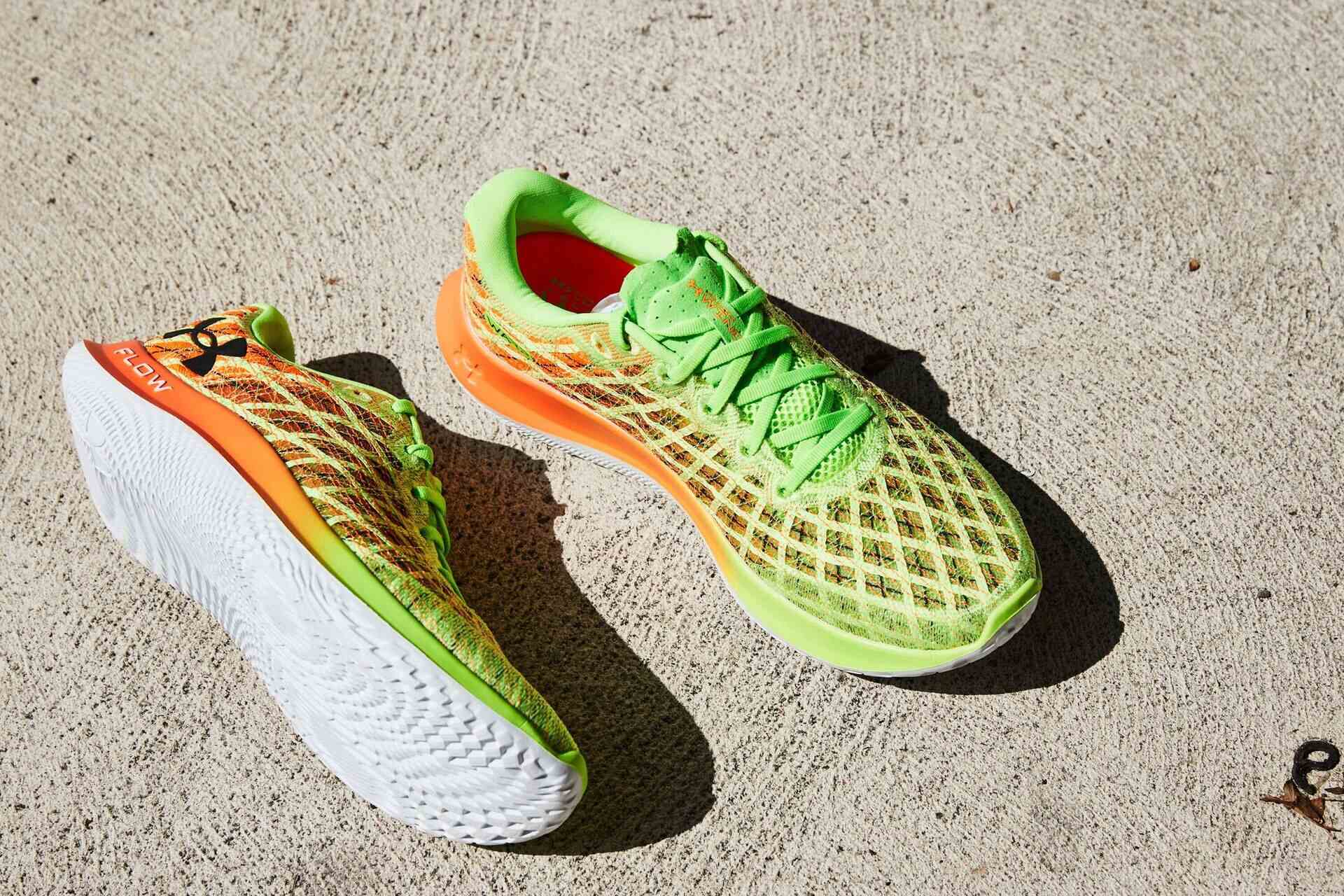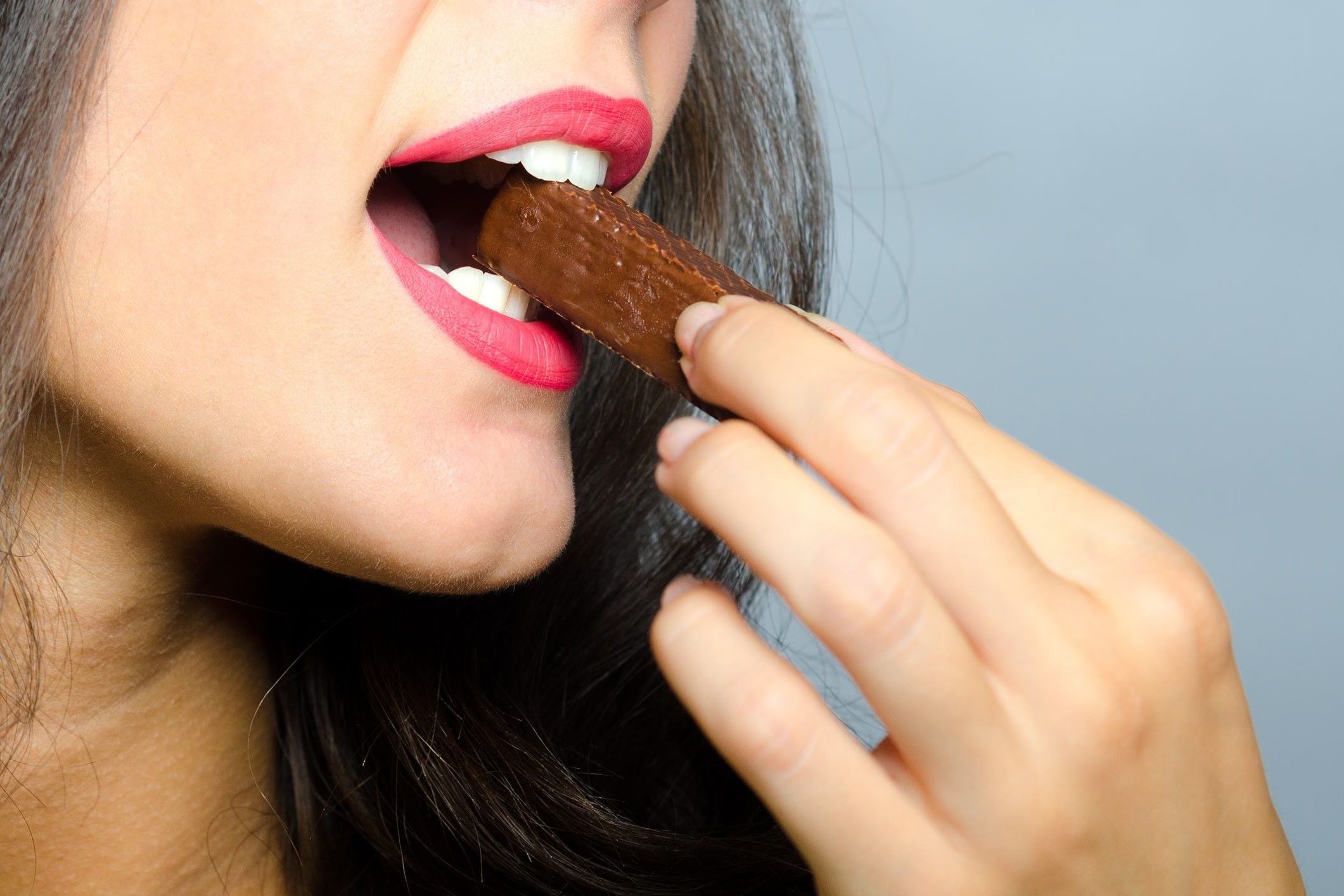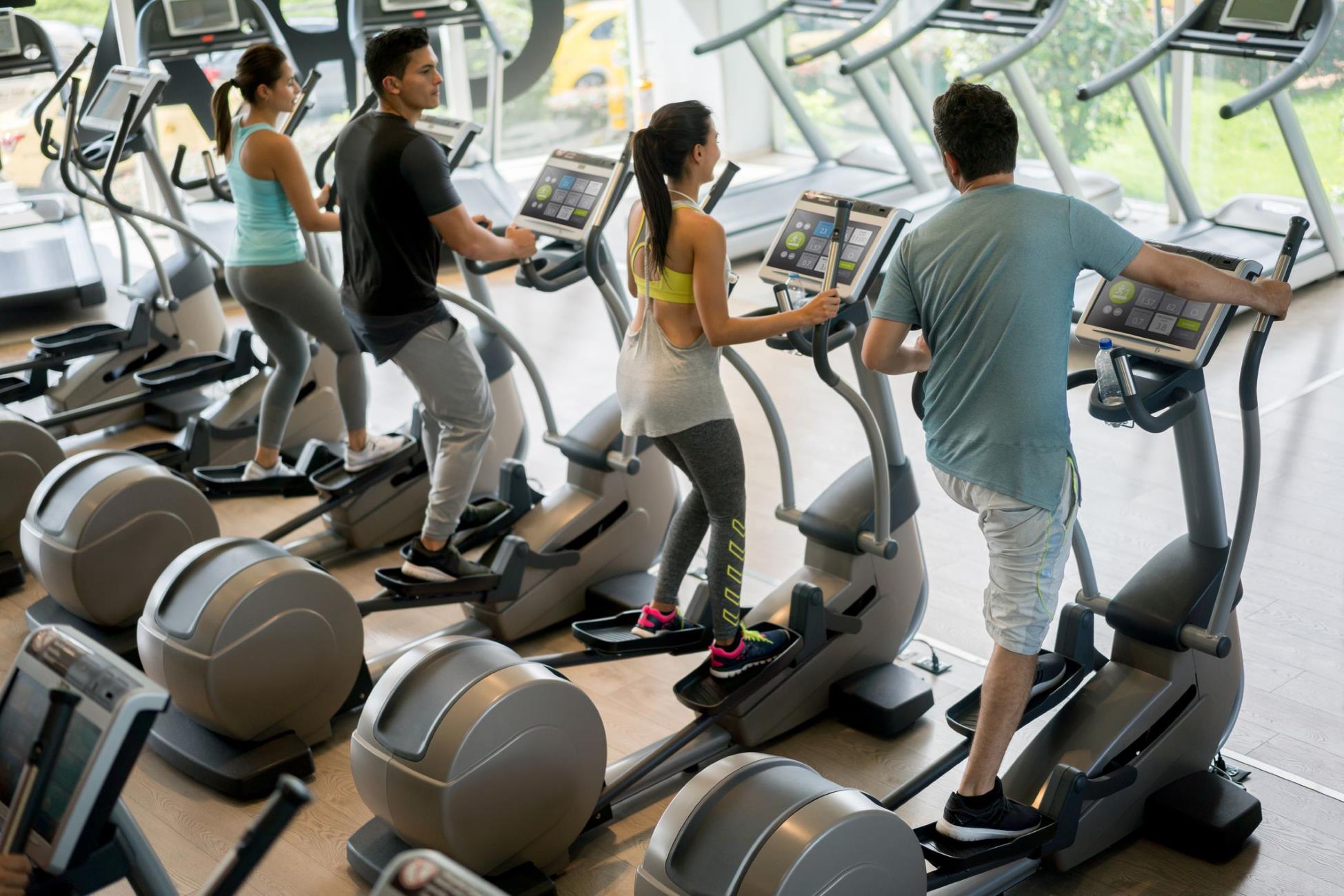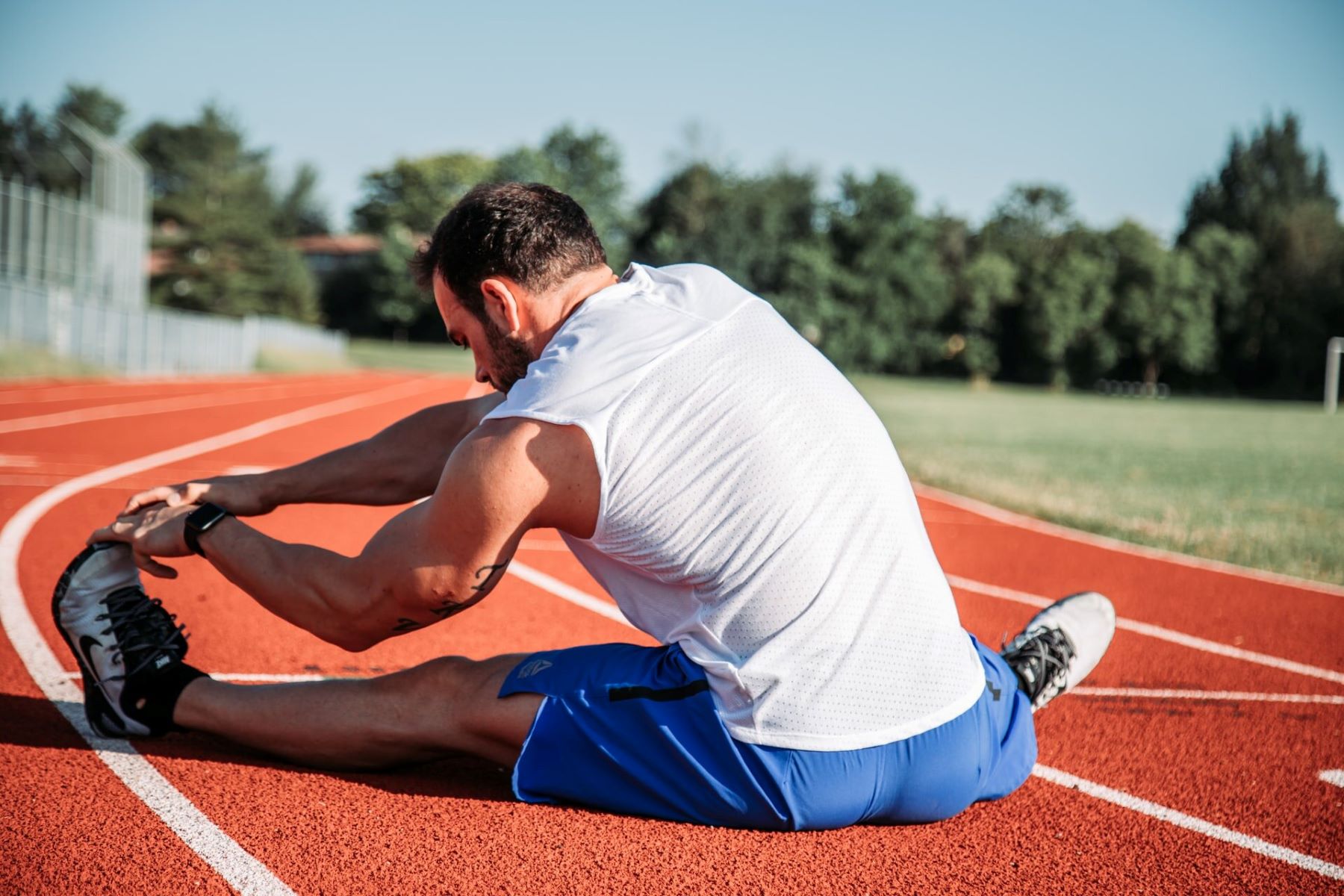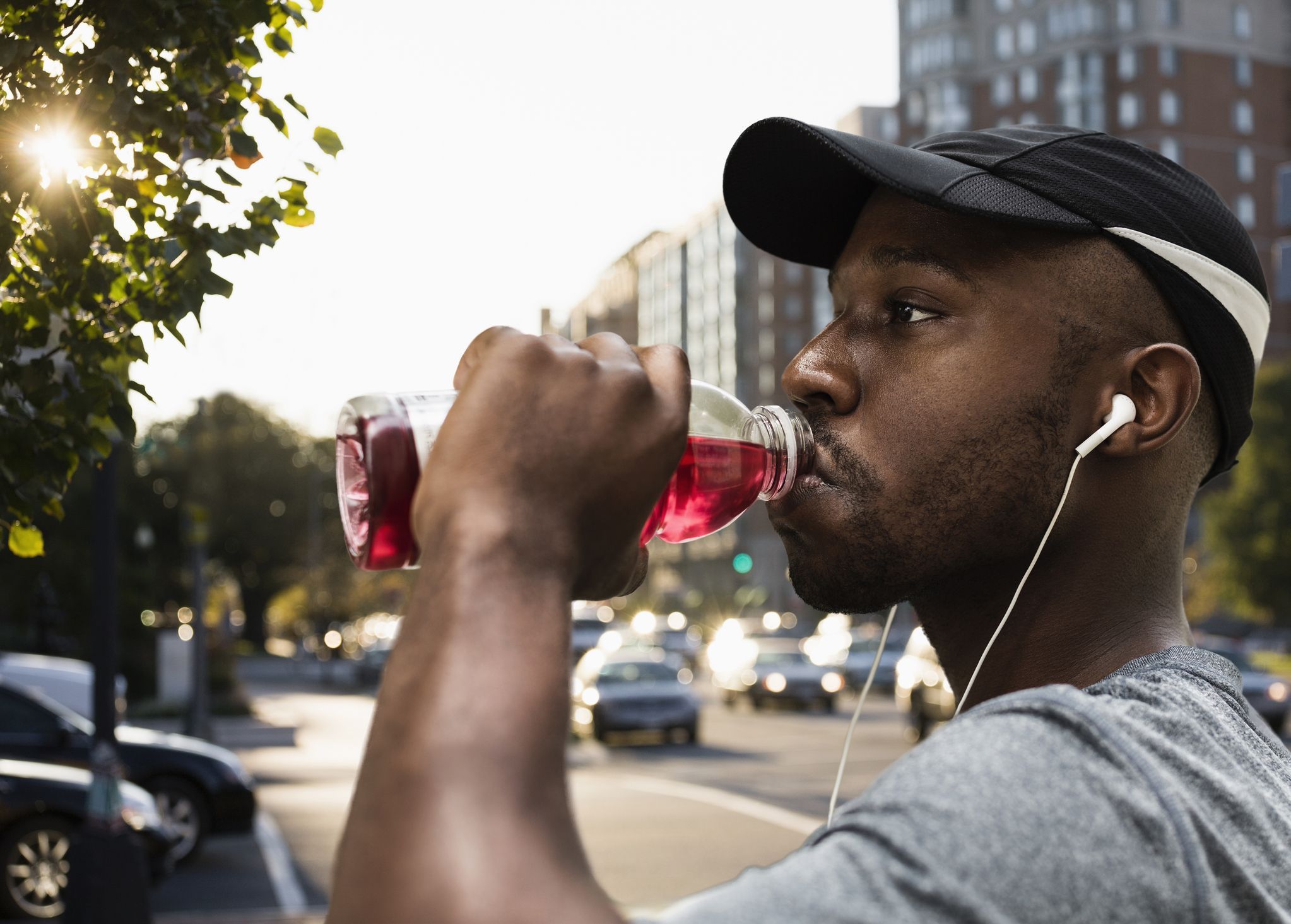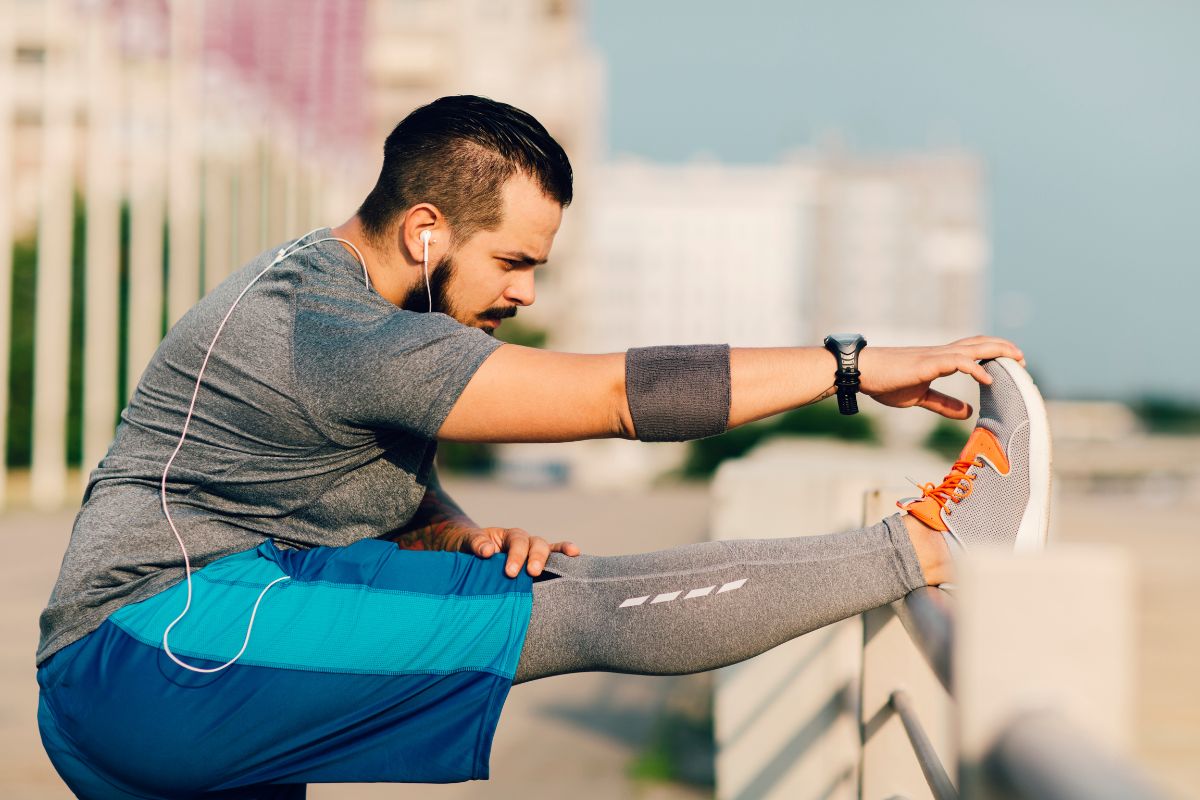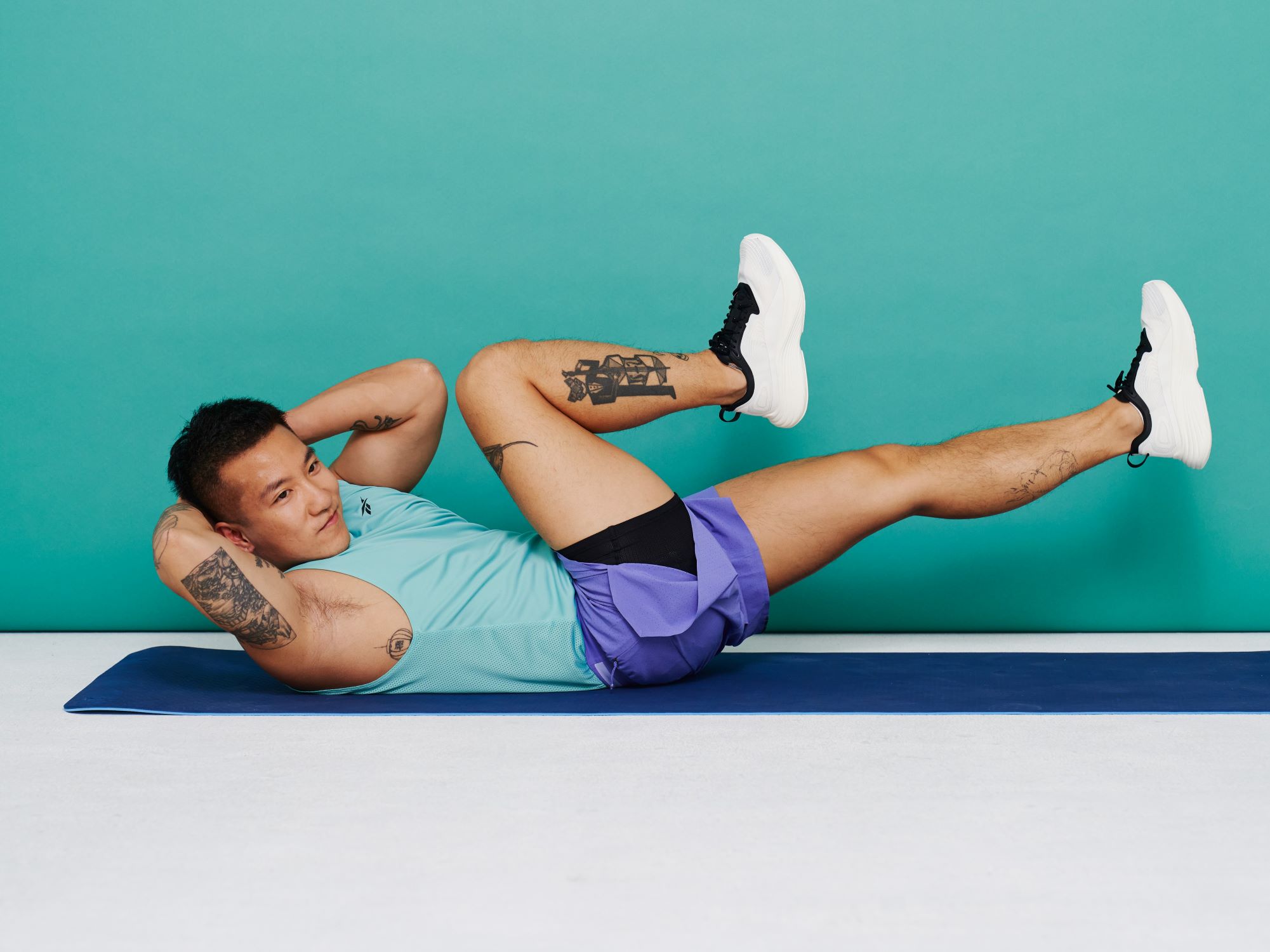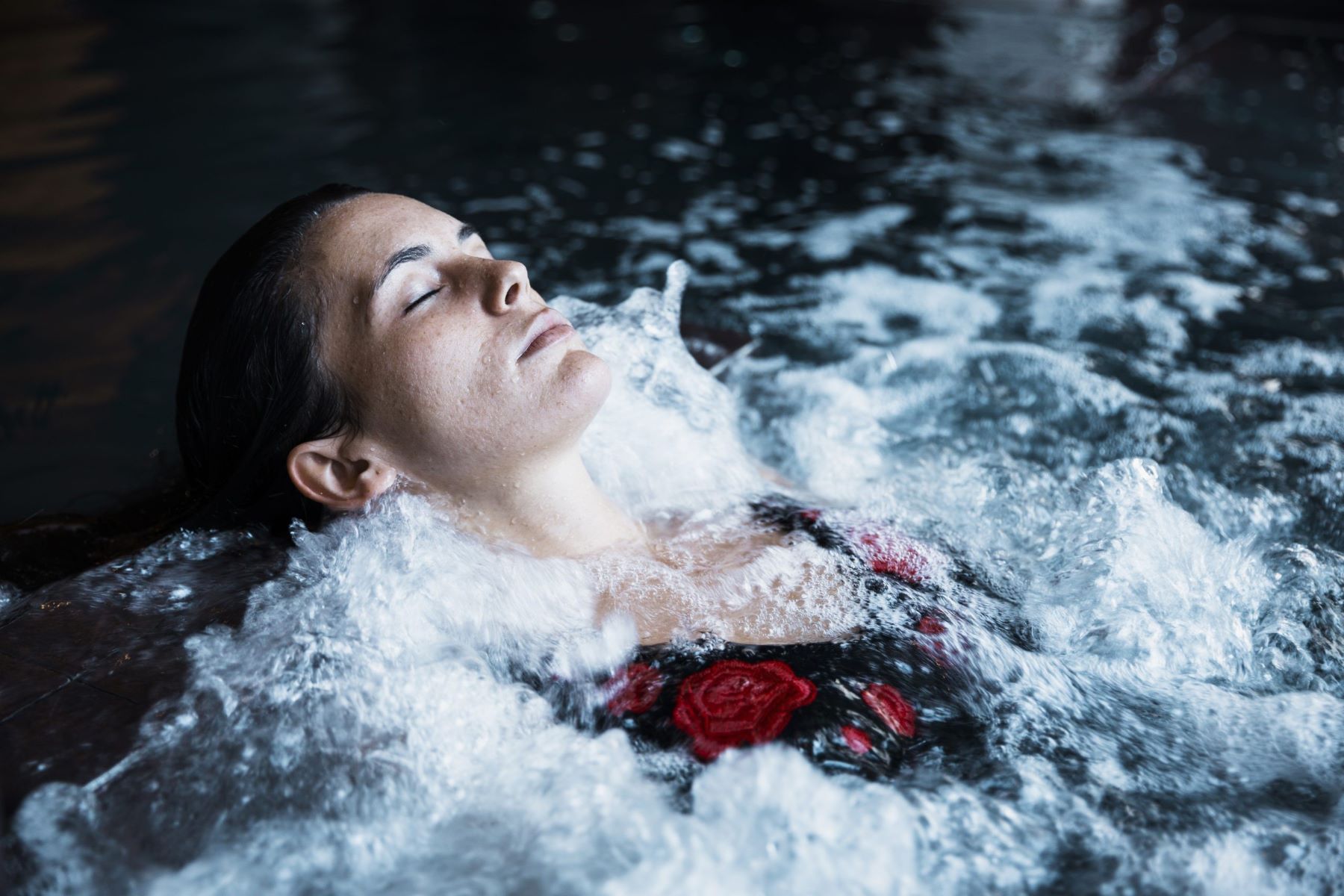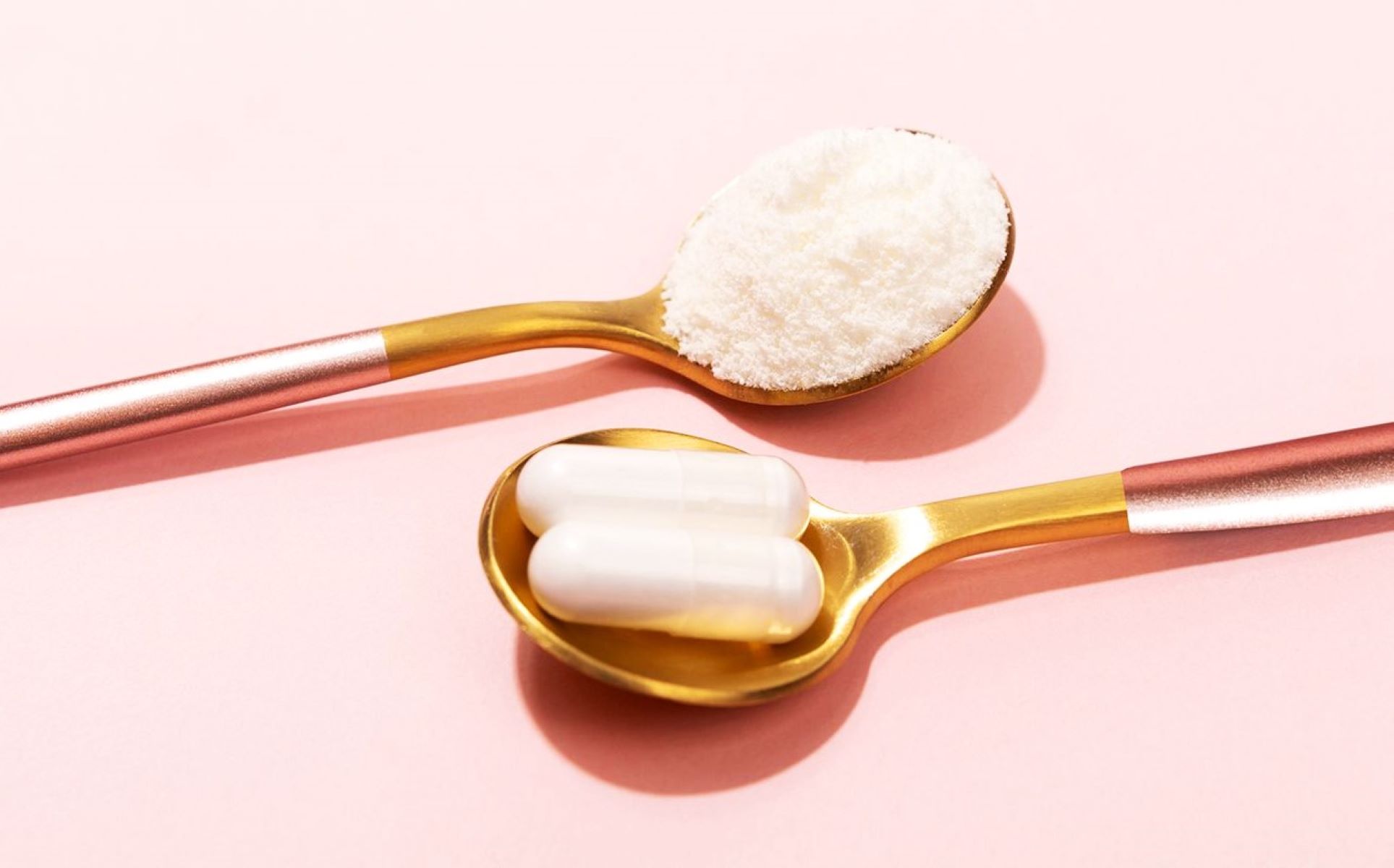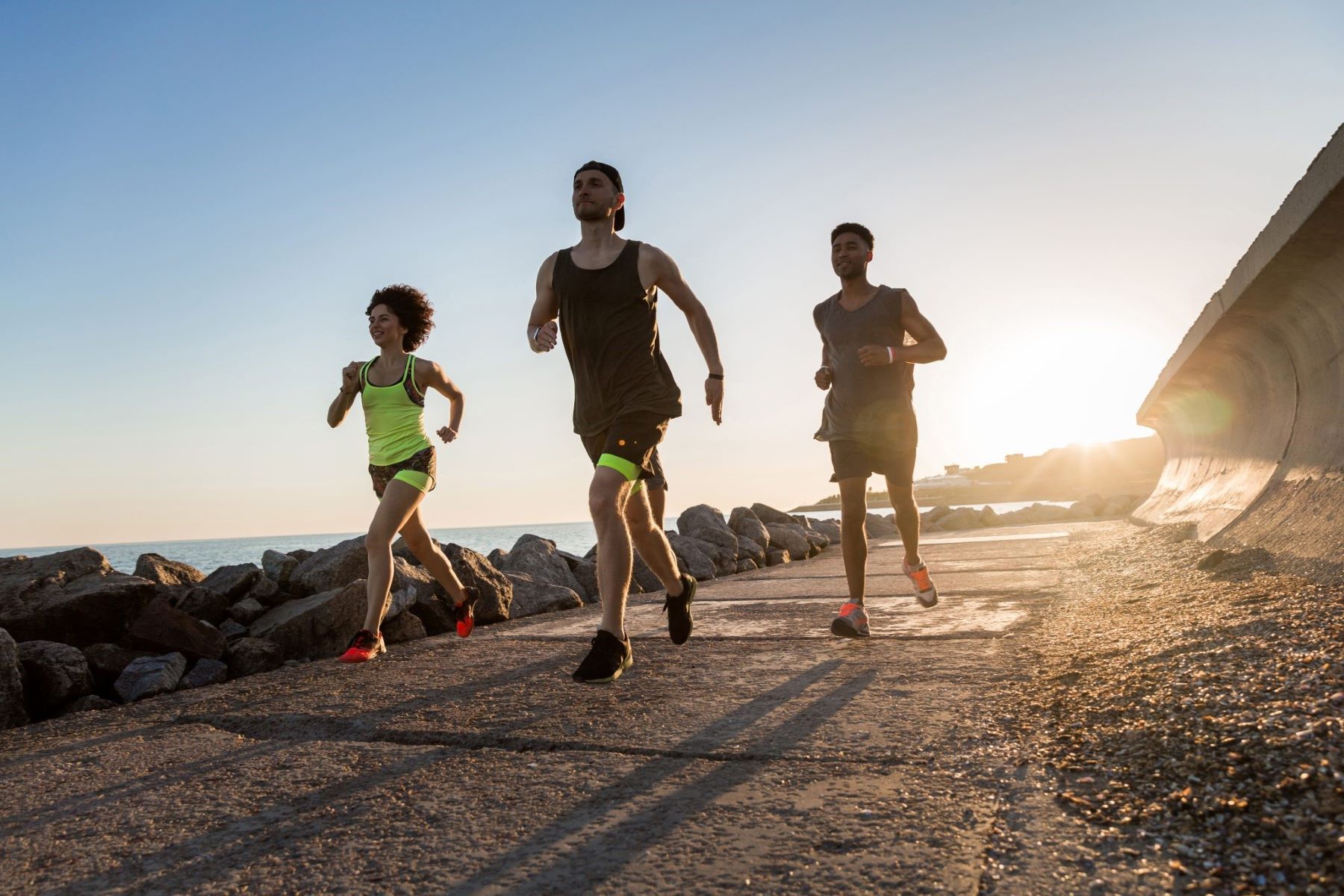Home>Training & Techniques>Cross-Training>The Benefits Of Pilates For Runners
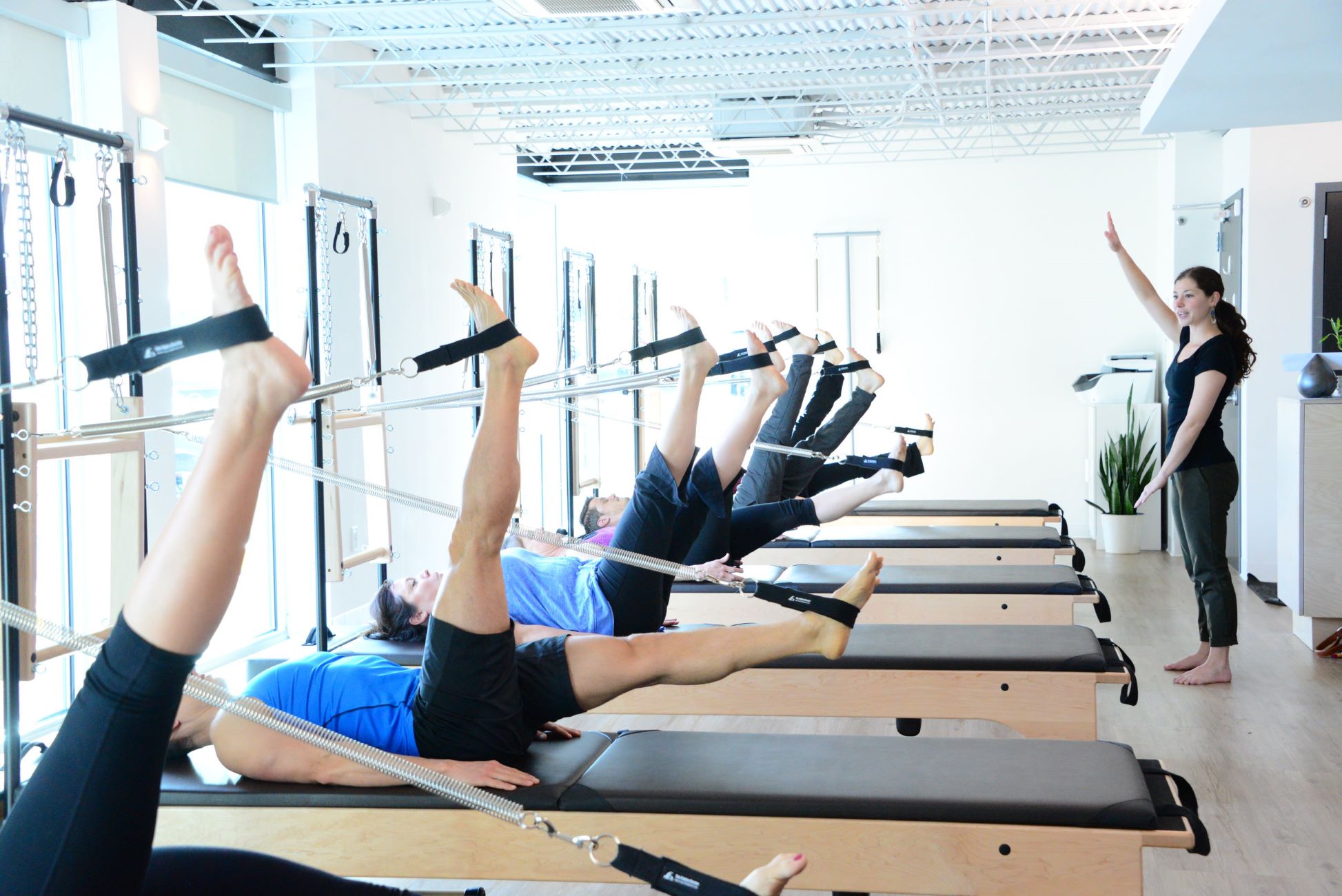

Cross-Training
The Benefits Of Pilates For Runners
Published: February 20, 2024
Discover the advantages of Pilates for runners and the benefits of cross-training for improved performance and injury prevention. Enhance your running with Pilates today!
(Many of the links in this article redirect to a specific reviewed product. Your purchase of these products through affiliate links helps to generate commission for Therunningadvisor.com, at no extra cost. Learn more)
Table of Contents
Introduction
As a runner, you're no stranger to the exhilarating feeling of pushing your limits, conquering new distances, and reveling in the freedom of the open road. However, the repetitive nature of running can take a toll on your body, leading to muscle imbalances, decreased flexibility, and increased risk of injury. This is where Pilates comes in as a game-changer for runners.
Pilates is a holistic exercise method that focuses on strengthening the core, improving flexibility, and enhancing overall body awareness. It's a low-impact yet highly effective form of exercise that complements the high-impact nature of running. By incorporating Pilates into your training regimen, you can unlock a myriad of benefits that will not only elevate your running performance but also safeguard your body from the wear and tear of long-distance running.
In this article, we'll delve into the symbiotic relationship between Pilates and running, exploring how Pilates can help runners improve their core strength, flexibility, posture, endurance, and prevent injuries. Whether you're a seasoned marathoner or a recreational runner, embracing Pilates can be the key to unlocking your full potential and ensuring longevity in your running journey. So, let's lace up our metaphorical sneakers and embark on a journey to discover the transformative benefits of Pilates for runners.
Understanding Pilates
Pilates, named after its creator Joseph Pilates, is a mind-body exercise system designed to improve strength, flexibility, and posture without building bulk. At its core, Pilates emphasizes the integration of breath, alignment, and movement to enhance physical and mental well-being. The foundation of Pilates lies in its focus on the powerhouse, which refers to the deep muscles of the abdomen, lower back, and hips. By engaging and strengthening these muscles, Pilates cultivates a strong and stable core, which is essential for runners seeking to optimize their performance and prevent injuries.
One of the defining characteristics of Pilates is its emphasis on precision and control. Movements are executed with a deliberate and concentrated effort, promoting awareness of body alignment and muscle engagement. This meticulous approach not only fosters physical strength but also cultivates mindfulness, allowing practitioners to develop a deeper connection between their bodies and movements.
Pilates exercises are typically performed on a mat or specialized equipment such as the reformer, cadillac, or chair. These apparatuses provide varying levels of resistance and support, enabling individuals to tailor their workouts to their specific needs and abilities. Whether performing a series of controlled movements on the mat or utilizing the resistance of the equipment, Pilates offers a versatile and adaptable platform for individuals of all fitness levels.
Furthermore, Pilates is characterized by its focus on fluidity and breath. Practitioners are encouraged to synchronize their movements with rhythmic breathing, promoting a sense of flow and harmony throughout the practice. This integration of breath and movement not only enhances oxygenation of the muscles but also fosters a meditative state, allowing individuals to experience a profound sense of relaxation and focus.
In essence, Pilates serves as a holistic approach to physical conditioning, encompassing elements of strength training, flexibility, and mindfulness. Its emphasis on core strength, precision, and breath control makes it an ideal complement to running, as it addresses the specific needs of runners while promoting overall well-being. By understanding the fundamental principles of Pilates and embracing its integrative approach, runners can harness its transformative power to elevate their performance and cultivate a resilient and balanced body.
Improving Core Strength
At the heart of Pilates lies a profound emphasis on enhancing core strength, making it a quintessential component for runners aiming to fortify their bodies and optimize their performance. The core, often referred to as the body's powerhouse, encompasses a complex network of muscles that stabilize the spine, pelvis, and shoulder girdle. These muscles play a pivotal role in maintaining proper posture, generating power, and facilitating efficient movement – all of which are essential for runners seeking to excel in their sport.
Pilates targets the core through a series of dynamic exercises that engage the deep abdominal muscles, obliques, lower back, and pelvic floor. By honing in on these intrinsic muscle groups, Pilates cultivates a strong and resilient core that serves as a stable anchor for the body during running. The integration of controlled movements, breath awareness, and precise alignment in Pilates exercises not only strengthens the core but also enhances overall body awareness, allowing runners to optimize their running mechanics and minimize the risk of injury.
One of the hallmark features of Pilates is its ability to address muscle imbalances, a common concern for runners due to the repetitive nature of the sport. Through targeted exercises that promote symmetrical development of the core musculature, Pilates helps rectify imbalances and fosters a harmonious interplay between the muscles, resulting in improved stability and efficiency during running.
Furthermore, the emphasis on eccentric muscle contractions in Pilates – where muscles lengthen under tension – contributes to the development of functional core strength. This type of muscle engagement mirrors the demands placed on the core during running, as it requires the muscles to provide controlled support and stability while the body is in motion. By honing the body's ability to withstand and control these forces, Pilates equips runners with the foundational strength needed to excel in their sport and mitigate the risk of overuse injuries.
Incorporating Pilates into a runner's training regimen not only fosters a robust core but also promotes a seamless integration of the core's strength into the kinetic chain, enhancing overall movement efficiency and power generation. This interconnectedness between the core and the extremities is pivotal for runners, as it translates to improved running economy, reduced energy expenditure, and enhanced performance.
In essence, the integration of Pilates into a runner's routine serves as a catalyst for cultivating a resilient and dynamic core that forms the cornerstone of optimal running performance. By harnessing the transformative power of Pilates to fortify the core, runners can unlock a newfound sense of strength, stability, and efficiency, propelling them towards their running goals with confidence and vitality.
Enhancing Flexibility
Flexibility is a cornerstone of optimal physical performance, and for runners, it plays a pivotal role in maintaining fluid and efficient movement patterns while mitigating the risk of injury. The repetitive nature of running can lead to muscular tightness and imbalances, which, if left unaddressed, can impede performance and predispose runners to a spectrum of overuse injuries. This is where Pilates emerges as a transformative ally in enhancing flexibility and promoting suppleness throughout the body.
Pilates exercises are inherently designed to promote lengthening and elongation of the muscles, fostering a balanced interplay between strength and flexibility. Through a series of controlled movements that emphasize full range of motion and articulation of the joints, Pilates targets both the superficial and deep musculature, promoting a comprehensive and sustainable approach to improving flexibility.
One of the hallmark features of Pilates is its focus on dynamic stretching, which involves moving the body through a range of motion while maintaining control and precision. This approach not only enhances flexibility but also cultivates body awareness, allowing runners to identify and address areas of tightness or restriction. By incorporating dynamic stretching into their Pilates practice, runners can counteract the tightening effects of running and promote a more fluid and expansive range of motion, thereby optimizing their running mechanics and reducing the risk of strain or injury.
Moreover, Pilates exercises place a strong emphasis on promoting balanced muscle development, which is essential for fostering overall flexibility and joint mobility. By targeting both the agonist and antagonist muscle groups, Pilates helps prevent muscular imbalances that can compromise flexibility and predispose runners to movement restrictions. This balanced approach to muscle conditioning not only enhances flexibility but also promotes joint stability, allowing runners to move with greater ease and grace.
Furthermore, the integration of breath and movement in Pilates fosters a sense of relaxation and release, which is instrumental in promoting flexibility. By synchronizing breath with each movement, practitioners can tap into the body's innate capacity to release tension and facilitate greater ease of movement. This mindful approach to flexibility not only enhances physical suppleness but also cultivates a sense of mental relaxation, allowing runners to approach their training with a heightened sense of ease and fluidity.
In essence, Pilates serves as a holistic vehicle for enhancing flexibility, offering runners a multifaceted approach to promoting suppleness, joint mobility, and overall freedom of movement. By integrating Pilates into their training regimen, runners can unlock a newfound sense of fluidity and grace, empowering them to move with greater ease and resilience, both on the road and in their everyday pursuits.
Preventing Injuries
In the realm of running, the specter of injuries looms as a formidable adversary, capable of derailing progress, causing setbacks, and dampening the joy of the sport. The repetitive impact and biomechanical demands of running can subject the body to a myriad of stressors, predisposing runners to a spectrum of overuse injuries, such as shin splints, IT band syndrome, and stress fractures. However, the integration of Pilates into a runner's training regimen serves as a proactive and transformative strategy for mitigating the risk of injuries and fostering resilience in the face of physical demands.
Pilates functions as a preventive powerhouse, addressing the root causes of running-related injuries through its multifaceted approach to physical conditioning. One of the hallmark benefits of Pilates in injury prevention lies in its ability to rectify muscular imbalances and asymmetries, which are common precursors to overuse injuries in runners. Through targeted exercises that promote symmetrical development of the musculature, Pilates helps correct imbalances, fostering a harmonious interplay between muscles and mitigating the strain on vulnerable areas of the body.
Furthermore, Pilates serves as a catalyst for enhancing body awareness and biomechanical alignment, two critical components in injury prevention for runners. The precision and control inherent in Pilates exercises cultivate a heightened sense of proprioception, allowing runners to tune into their body's movement patterns and identify potential areas of vulnerability. By honing in on proper alignment and movement mechanics, Pilates empowers runners to optimize their running gait, reduce undue stress on the joints, and mitigate the risk of overuse injuries.
The integration of core stabilization exercises in Pilates plays a pivotal role in injury prevention for runners. A strong and stable core serves as a central anchor for the body, distributing forces more evenly and reducing the strain on peripheral structures. By fortifying the deep abdominal muscles, lower back, and pelvic floor, Pilates equips runners with the foundational strength needed to withstand the rigors of running, thereby minimizing the risk of injuries stemming from muscular weakness or instability.
Moreover, Pilates fosters a comprehensive approach to injury prevention by addressing the interconnectedness of the body's kinetic chain. By targeting not only the primary muscles involved in running but also the supportive musculature, Pilates promotes balanced development and functional strength throughout the body. This holistic conditioning not only fortifies the body against potential vulnerabilities but also enhances overall movement efficiency, reducing the likelihood of compensatory patterns that can lead to injuries.
In essence, Pilates emerges as a transformative ally in the realm of injury prevention for runners, offering a multifaceted approach to fortifying the body, optimizing movement mechanics, and fostering resilience in the face of physical demands. By embracing Pilates as a proactive strategy, runners can safeguard themselves against the perils of overuse injuries, empowering themselves to pursue their running endeavors with confidence, vitality, and longevity.
Read more: The Benefits Of Self-Massage For Runners
Improving Posture
Posture is a fundamental aspect of a runner's performance and overall well-being. Optimal posture not only enhances running efficiency but also plays a pivotal role in mitigating the risk of injuries. Pilates, with its integrative approach to physical conditioning, emerges as a transformative ally in improving posture for runners, offering a multifaceted platform for cultivating alignment, balance, and body awareness.
One of the hallmark benefits of Pilates in improving posture lies in its emphasis on core stabilization and spinal alignment. The core, often referred to as the body's powerhouse, serves as a central anchor for postural support, providing stability to the spine and pelvis. Through a series of targeted exercises that engage the deep abdominal muscles, obliques, and lower back, Pilates fosters a strong and resilient core that forms the foundation for optimal posture. By honing in on the intrinsic muscles that support the spine, Pilates cultivates a sense of stability and alignment, allowing runners to maintain an upright and balanced posture throughout their runs.
Furthermore, Pilates promotes body awareness and kinesthetic alignment, two critical components in improving posture. The precision and control inherent in Pilates exercises foster a heightened sense of proprioception, enabling runners to tune into their body's alignment and movement patterns. By honing in on proper spinal articulation and postural alignment, Pilates empowers runners to counteract the postural imbalances that can arise from the repetitive nature of running. This heightened awareness not only enhances running mechanics but also reduces the strain on the musculoskeletal system, promoting a more sustainable and efficient posture.
The integration of breath and movement in Pilates plays a pivotal role in improving posture. By synchronizing breath with each movement, practitioners can tap into the body's innate capacity to release tension and facilitate greater ease of movement. This mindful approach not only enhances physical suppleness but also fosters a sense of mental relaxation, allowing runners to approach their training with a heightened sense of ease and fluidity. This relaxed state of being translates into a more effortless and upright posture, allowing runners to move with grace and poise.
In essence, Pilates serves as a holistic vehicle for improving posture, offering runners a comprehensive approach to cultivating alignment, stability, and body awareness. By integrating Pilates into their training regimen, runners can unlock a newfound sense of postural resilience, empowering themselves to move with grace, efficiency, and vitality, both on the road and in their everyday pursuits.
Increasing Endurance
Endurance is the bedrock of a runner's performance, encompassing the ability to sustain prolonged physical exertion while maintaining optimal energy levels and mental focus. Pilates, renowned for its transformative impact on physical conditioning, emerges as a potent catalyst for increasing endurance in runners, offering a multifaceted approach to fortifying the body, enhancing breath control, and optimizing movement efficiency.
One of the hallmark benefits of Pilates in increasing endurance lies in its emphasis on cultivating muscular stamina and resilience. Pilates exercises, characterized by their controlled and deliberate movements, target both the superficial and deep musculature, fostering sustained engagement and endurance. By honing in on the intrinsic muscles that support the body's movement, Pilates equips runners with the foundational strength needed to withstand the rigors of long-distance running, thereby enhancing their capacity to sustain prolonged physical exertion.
Furthermore, Pilates serves as a transformative ally in enhancing breath control, a critical component in increasing endurance for runners. The integration of breath and movement in Pilates fosters a heightened awareness of respiratory patterns, enabling runners to synchronize their breath with their strides. By cultivating a rhythmic and efficient breathing pattern, Pilates empowers runners to optimize oxygen intake, reduce breathlessness, and sustain endurance throughout their runs, thereby enhancing their overall performance.
The precision and control inherent in Pilates exercises also play a pivotal role in optimizing movement efficiency, a key factor in increasing endurance. By honing in on proper alignment, movement mechanics, and muscle engagement, Pilates fosters a more economical and sustainable movement patterns. This enhanced movement efficiency translates to reduced energy expenditure, minimized fatigue, and prolonged endurance, allowing runners to cover greater distances with enhanced vitality and resilience.
Moreover, the holistic approach of Pilates to physical conditioning, encompassing elements of strength, flexibility, and body awareness, contributes to a comprehensive enhancement of endurance. By addressing the interconnectedness of the body's kinetic chain and promoting balanced development throughout the musculature, Pilates equips runners with the multifaceted conditioning needed to sustain endurance and optimize their running performance.
In essence, Pilates serves as a transformative ally in increasing endurance for runners, offering a multifaceted approach to fortifying the body, enhancing breath control, and optimizing movement efficiency. By integrating Pilates into their training regimen, runners can unlock a newfound sense of endurance, empowering themselves to conquer greater distances with confidence, vitality, and longevity.
Conclusion
In conclusion, the symbiotic relationship between Pilates and running unveils a transformative synergy that transcends the realms of physical conditioning and performance enhancement. Pilates, with its integrative approach to strengthening the core, enhancing flexibility, preventing injuries, improving posture, and increasing endurance, emerges as a potent catalyst for runners seeking to optimize their running performance and safeguard their bodies from the wear and tear of long-distance running.
By embracing Pilates as a complementary component of their training regimen, runners can unlock a myriad of benefits that extend far beyond the confines of the mat. The emphasis on core strength in Pilates serves as a cornerstone for fortifying the body, optimizing movement mechanics, and mitigating the risk of injuries. The integration of dynamic stretching and balanced muscle development fosters a comprehensive approach to enhancing flexibility, promoting joint mobility, and mitigating the tightening effects of running. Moreover, Pilates functions as a proactive powerhouse in injury prevention, addressing the root causes of running-related injuries through its multifaceted approach to physical conditioning.
Furthermore, the transformative impact of Pilates extends to the realm of posture, offering runners a multifaceted platform for cultivating alignment, stability, and body awareness. The emphasis on core stabilization, spinal alignment, and breath control not only enhances posture but also fosters a sense of grace and poise in movement. Additionally, Pilates serves as a potent catalyst for increasing endurance, equipping runners with the foundational strength, breath control, and movement efficiency needed to sustain prolonged physical exertion.
In essence, the integration of Pilates into a runner's training regimen transcends the confines of physical conditioning, offering a holistic approach to fortifying the body, enhancing performance, and fostering resilience. By embracing the transformative benefits of Pilates, runners can unlock a newfound sense of strength, flexibility, and endurance, empowering themselves to pursue their running endeavors with confidence, vitality, and longevity. As the rhythmic cadence of running converges with the fluid precision of Pilates, a harmonious symphony of strength, grace, and resilience unfolds, propelling runners towards their aspirations with unwavering vitality and purpose.

